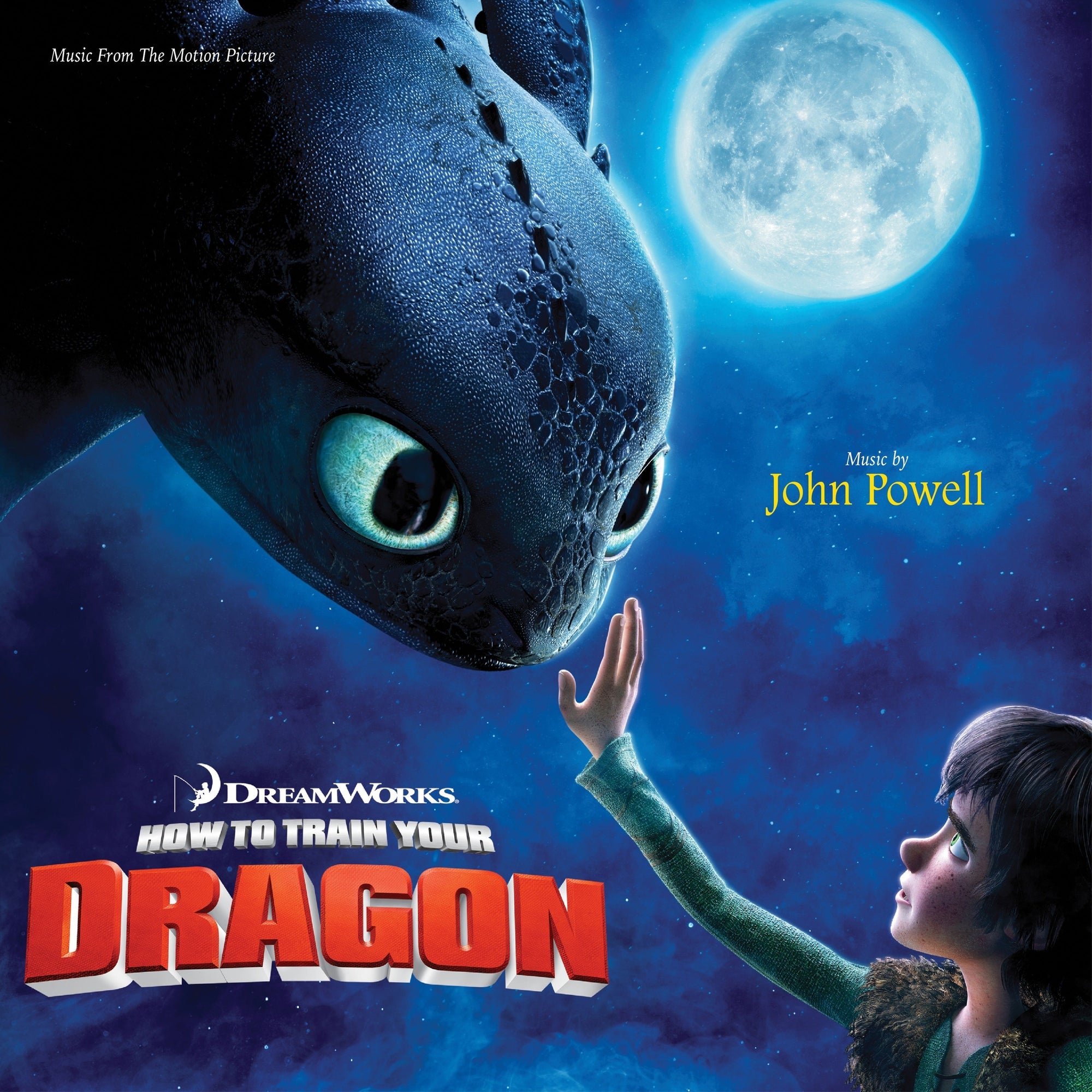
Trent Reznor, the lead creative force behind Nine Inch Nails, has graced the Time 100 list of Most Influential People, been inducted into the Rock ‘n’ Roll Hall of Fame, and been described by Spinas “the most vital artist in music."But before the international arena tours, Oscar wins, and millions of albums sold, he was just an assistant engineer and janitor at a smalltime Cleveland recording studio. It was there that Nine Inch Nails began with a collection of sample-heavy demos Reznor wrote, played and recorded largely by himself during studio downtime. Those songs became his studio debut, Pretty Hate Machine.
Recorded in 1988 and released in ’89, Pretty Hate Machineis a product of its time, borrowing from new wave acts like Depeche Mode and Gary Numan while also referencing ‘80s industrial forerunners like Ministry and Skinny Puppy. The way Reznor blended those elements with pop, rock, funk, dance and hip-hop, though, made his debut fresh and captivating. Funk-laden guitar-synth textures, tortured introspective lyrics, and a verse-chorus pop structure–still hallmarks of Nine Inch Nails’ sound–were all here in nascent form. And for all its nihilistic rage, Pretty Hate Machine didn’t scare off the masses: it hit No. 75 on the Billboard 200, eventually going triple platinum. Its debut single, “Down In It,” was a hard-to-pin-down track that combined hip hop, dance, pop, industrial rock, and even nursery rhymes. (It reached No. 16 on both the U.S. Dance and Alternative charts, a testament to the diverse genres Nine Inch Nails straddles). Angsty rock anthem “Head Like a Hole” followed three months later, and the album’s final single, dancefloor melter “Sin,” came over a year later in November 1991. Both follow-up singles performed similarly to “Down In It,” keeping Pretty Hate Machine on the Billboard 200 for a whopping 115 weeks.
By injecting the cold and abrasive sounds of industrial rock with relatable lyrics, gut-punch vocals, and addictive pop hooks and riffs, Reznor made the genre accessible to mainstream audiences. Or as David Bowie put it in a piece for Rolling Stone, Reznor’s music “contains a beauty that attracts and repels in equal measure: Nietzsche's 'God is dead' to a nightclubbing beat.” Along with the albums Broken and The Downward Spiral that followed it, Pretty Hate Machine kickstarted one of the most revolutionary sonic shifts in modern music history. Electronic/pop acts like LCD Soundsystem, Cold Cave, Grimes, Deadmau5 and the Knife followed in Nine Inch Nails’ footsteps, exploring ways to make synthetic sounds human, catchy and danceable. NIN’s influence can be heard across the spectrum of rock, too–from the alternative metal of Linkin Park to the art rock of St. Vincent. In the world of hip-hop, Kanye West (Yeezus particularly), Run the Jewels and Death Grips are just a few who come to mind as obviously indebted to Reznor.
RECOMMENDED READING
📰 Nine Inch Nails' Pretty Hate Machine Turns 30 - Spin
Spin commemorated Pretty Hate Machine’s 30thanniversary by asking musicians inspired by Reznor, as well as those with unique insight into Nine Inch Nails’ brooding beginnings, to reflect on the album that started it all.”
📰 Reznor Hits College Radio On The Head - Keyboard
This April 1990 interview is a fascinating portrait of 25-year-old Reznor at the beginning of what would be a long and legendary musical career. It’s also interesting for its insight into his aesthetic choices as a producer. His genius for building soundscapes and bending samples into new sounds was already evident at this stage, though his skills would mature greatly over the years.
📰 Pretty Hate Machine (Reissue) Review - Pitchfork
A lifelong fan looks back on Nine Inch Nails’ landmark debut, reflecting on why the album retains immediacy and emotional heft so many years later.
DEEP CUTS WE LOVE…
“Something I Can Never Have” - This was the first preview of Reznor’s gift for spellbinding minimalist balladry. He delivers a dejected tale of love lost over a repetitive piano figure that feels like the aural equivalent of poking a wound. The otherwise austere soundscape is embellished with harsh, scraping percussion, birdsong and metallic clangs.
“The Only Time” - Reznor is a huge Prince fan, and nowhere do you hear that more than on this funkified lover man jam. Billboard described it best when they called it “baby-making music for messed-up citizens of future dystopias.”
“Terrible Lie” -The orchestra hit has never sounded so ominous. It anchors a head-bopping beat, which Reznor’s layered vocals weave around, evolving from clenched-teeth mutter to defiant yowl and back again.
DID YOU KNOW?
- “Down In It” was not only the first single from Nine Inch Nails’ debut album, but also the first song Reznor ever wrote, period.
- Fight Club author Chuck Palahniuk is a huge fan of Nine Inch Nails, and once called Pretty Hate Machine “the first honest piece of music I ever heard.”
- The cover art is said to reflect the album’s “ghost in the machine” aesthetic. On a Nine Inch Nails message board, Reznor explained it was “a photo of the blades of some sort of turbine stretched vertically so they would look somewhat like bones or a rib cage.”
- Reznor is a classically trained musician, but consciously rejected technique and theory for a more impulse-driven, raw sound.
- Chicago-based art collective H Gun. Corp, the same group behind Ministry’s “Stigmata” music video, created the visuals for “Head Like a Hole” and “Down In It.”
Listen to Pretty Hate Machine in its entirety on your preferred streaming platform or purchase on wax below.
Words: Katherine McCollough






